Contents
Is the cellar bursting with old preserves, jams, marmalades and other seamings of indistinct prescription and origin? Is the jam candied, starting to ferment? Or are you just tired of the usual sugar distillate and want to kick out a product with a fruity flavor and pleasant aroma in the middle of winter? What is there to think about – make moonshine out of your jam!
As the classics said, even from an ordinary stool you can drive moonshine. In the days of Gorbachev’s dry laws, this drink was made from anything – from sweets, Golden Key toffees, halva, compotes. At the same time, home-made moonshine from jam became popular – the latter was valued, first of all, as a source of scarce sugar. Let’s say right away that this product does not deserve such a dismissive attitude – after all, jam, in addition to sugar, also contains a decent amount of fruit, which means that our distillate will be only half sugar SAM, and in the second half – the most that neither is fruit brandy.
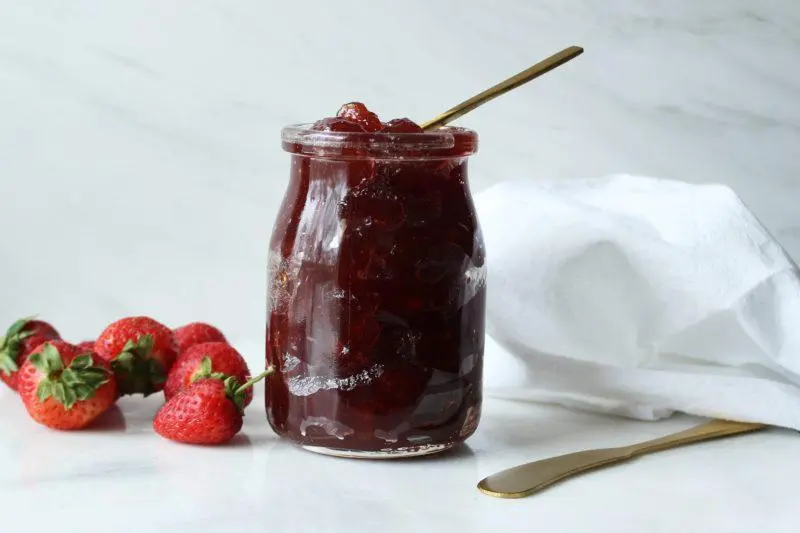
Moonshine from jam at home – nuances and subtleties
Not every jam and not every recipe can make a decent moonshine. Dig into the net and you will see how much indigestible game you can find on this topic! For example, “experts” recommend a yeast-free jam mash recipe that uses beer as a starter. Yeah, some kind of “Teterev”, boiled from powder and pasteurized three times, with a shelf life of 1.5 years – is there a lot of yeast left there? Be prudent.
The quality of the resulting product will directly depend on:
- The quality of the jam itself. Rotten, moldy or heavily fermented raw materials can spoil the drink, but candied raw materials are quite suitable for us.
- Type of jam. The best drink can be obtained from apple, pear, plum, apricot raw materials and their mixtures, moonshine from cherry jam is also quite good – a kind of “little brother” of Kirschwasser. Currants, raspberries, blackberries, blueberries, lingonberries and other delicacies are best used as an experimental additive or make drinking mash from the jam of these varieties, which would be more correctly called fruit wine.
- Sugar content. The eternal dilemma of any moonshiner – taste or worthy product yield? The classic grandmother’s jam is made in a ratio of 1:1 or 1:1.2, in my opinion there is more than enough sweetness in it, it is quite possible to make moonshine from sugar-free jam. Remember – the more greedy you are, the more your distillate will become like a village sam.
- Selected yeast. Actually, you can choose from three options – baker’s yeast, purchased wine CKD or “savages”. “Saf-levure” or analogues are cheap and cheerful, fermentation will be faster, mash will be stronger (up to 14-15%), but the taste is guaranteed to turn out to be “moonshine”. The other extreme is wild yeast. They are unreliable, “work” for a long time and do not accumulate more than 10% alcohol. Optimum is mash on jam and dry yeast for fruit or grape wines. You will have to spend a little money, the yield will be slightly less (up to a maximum of 11-12% alcohol in Braga), but the product is guaranteed to be of high quality and without unnecessary impurities in taste and aroma.
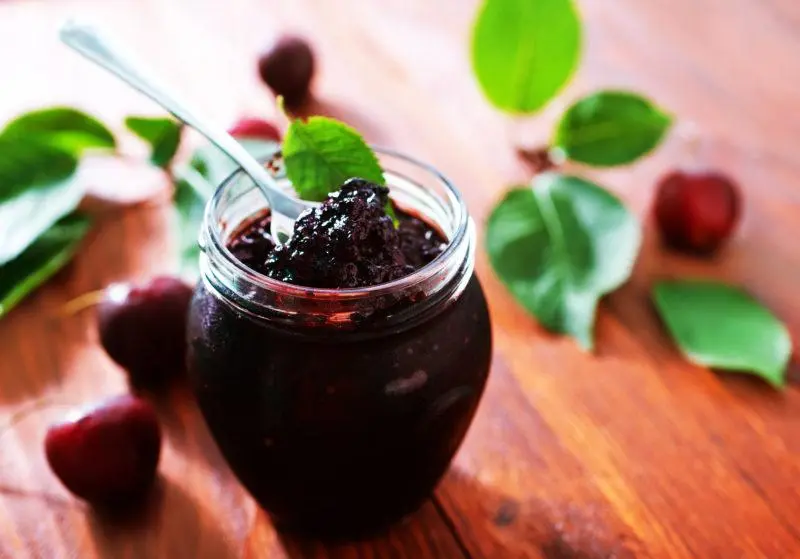
Remember – when preparing mash and moonshine, you need to take into account all these nuances, and also – strictly follow the technology! In most cases, old jam makes a good base for tinctures, sometimes such moonshine is only suitable for rubbing diseased joints, but occasionally moonshiners manage to produce a truly high-class distillate, which is not ashamed to even pour into an oak barrel and drink with pleasure after aging.
Recipes for mash from jam for moonshine
In order to properly prepare the mash, it is very desirable to know according to what recipe the jam was made – how much fruit and sugar it contains. We will proceed from the fact that the jam was prepared according to the classics, that is, 1:1 by weight.
Braga with jam and dry yeast
Dry wine yeast for such a drink is the most correct option, on which we will get both a normal product yield and its good quality.

- jam – 4 liters;
- water – 12 liters;
- wine yeast – 3-4 grams (according to instructions).
Top dressing for such a mash is not necessary, but if you wish, you can purchase it – fermentation will go more smoothly. How to cook such a mash? Yes Easy!
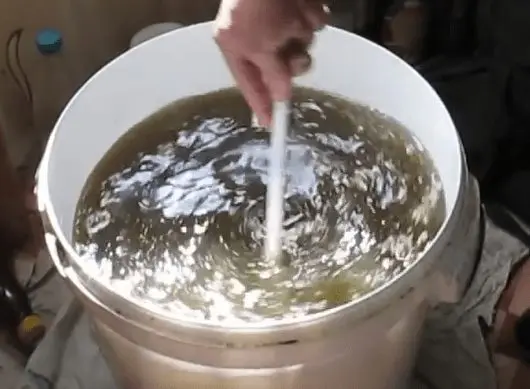
- We heat the water to 50-60 degrees, add jam to it and stir until the maximum mutual dissolution. If the jam is in doubt – for example, it has begun to ferment or mold has been observed on its surface – the wort will not hurt to boil. We cool the liquid to 25-30 degrees.
- We ferment the yeast in warm water according to the instructions on their package. We combine with the liquid, pour into a suitable container under the water seal – so that the wort takes a maximum of ¾ of the volume.
- The container should stand in a warm place for 5-10 days, depending on how much the mash roams. When the shutter stops bubbling, the young “wine” can be drained from the sediment.
- It is advisable to let the brew stand on a quiet fermentation in the basement for at least a couple of weeks, so that it is completely clarified – then the moonshine will be cleaner. But if you can’t wait, you can skip this item.
Everything, our mash from the old jam is actually ready. If it turned out to be too cloudy, use any convenient way to clarify homemade wines, all of them are quite applicable to mash.
Proportions of mash from jam for moonshine on alcohol yeast
Any dry baker’s yeast will do, you can also purchase special alcohol yeast for fruit brews. The hydromodule is as follows: 5 liters of water per 1 kg of sugar (2 cans of jam) + 1 liter of water per 1 kg of fruit (the same 2 cans). If you decide to add sugar, increase the water consumption by 5 liters for each additional kilogram of sugar.

- jam – 4 liters;
- water – 12 liters;
- baker’s yeast – 40-50 grams or alcohol – according to the instructions on the package.
Top dressing in this case is not required. Cooking is easier than in the previous recipe, we don’t even need a bottle with a water sealer – alcohol yeast ferments actively, and the shutter can simply break.
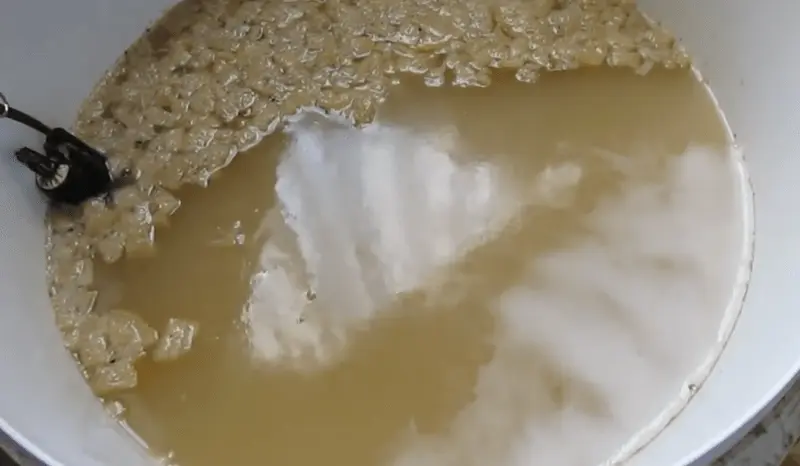
- Heat the water, dissolve the jam in it.
- Ferment the yeast in warm water with sugar to start working.
- Pour the liquid into a suitable container – 2/3 or even half of its volume, otherwise the foam may climb through the top. Add yeast, mix well, cover with gauze and loosely close the lid.
- Fermentation will continue for 3-7 days. When the mash stops hissing, “playing”, becomes bitter and not sweet in taste – this stage can be considered over. Now the wort must be removed from the sediment with a straw.
- If the mash is too cloudy, it is better to transfer it for a couple of days to a cool place with a temperature of at least 2-3 degrees.
Everything is ready, you can connect the device!
Braga jam without yeast
If there is no yeast at hand, but you want to make moonshine, you can use the “services” of wild yeast. This method is best suited for making mash from fermented jam – it is already infected with yeast fungi. Otherwise, the liquid will have to be infected by force – for example, with the help of raisin sourdough, the recipe for which is here. Also, the prepared wort can simply be left in a warm place – a certain fraction of “savages” is always contained in the air – but this method is unreliable, especially in winter.
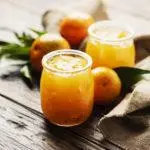
- jam – 4 liters;
- water – 12 liters;
- raisin sourdough – optional;
- yeast nutrition is desirable.
For this recipe, you can use the usual, as well as fermented or candied jam. Product with signs of rot or mold is not suitable, as the wort will not be subjected to heat treatment.
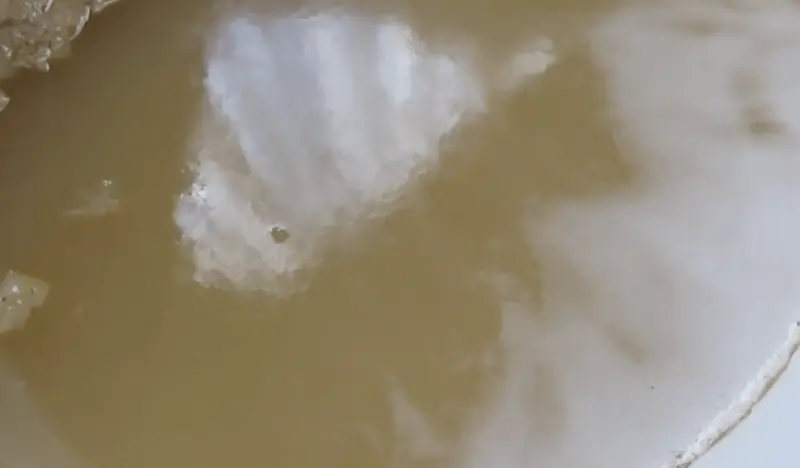
- A couple of days before preparing the drink, we make raisins or any other sourdough – for example, raspberry, here is her recipe.
- We take clean filtered spring water and heat it up to a maximum of 30 °. We add the jam and stir vigorously until a homogeneous mass is formed.
- We add the starter to the wort and mix everything well. If you don’t have a starter, just leave our mixture in a warm (up to 25 °) place, in a container with a wide neck, covered with gauze – it is likely that fermentation will begin spontaneously.
- Let the wort ferment with air access for 1-2 days, after which we pour it into a bottle by ¾ of the volume and close it with a hydraulic seal or, at worst, with a rubber glove with a hole.
- The fermentation time of such a mash ranges from 2-6 weeks. To increase the strength during the attenuation of fermentation, you can add a little sugar to the bottle – 300-400 grams. The procedure can be repeated 2-3 times.
- When the yeast finishes its work, they will fall out at the bottom of the bottle in the form of a dense sediment. Braga will lighten, become completely dry in taste, the glove will deflate. It’s time to decant the drink through a straw.
- Before you drive the moonshine out of the old jam, it is advisable to stand in a cool place for a week or two.
As we can see, in all three recipes for moonshine jam mash there is absolutely nothing complicated, they are prepared not much more cunningly than ordinary sugar ones. Let’s move on to the next point – the distillation!
Distillation of moonshine from jam at home
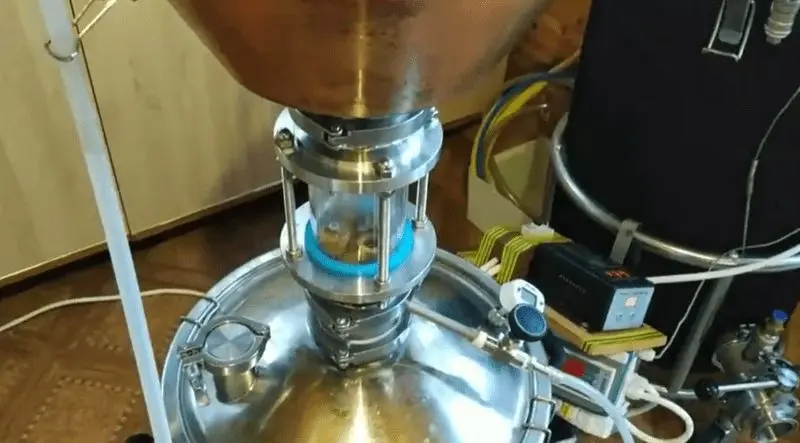
There are also no special tricks in the distillation of cooked mash. Any distiller is suitable for this, preferably with a steamer. The only caveat is whether to filter the mash before forcing? Small pieces of fruit left in the liquid will give the moonshine a stronger flavor, but they can burn.
There are two options for how to drive moonshine out of such a mash – either distill using a steam generator, or heat the tank very slowly and drive over low heat. Otherwise, the mash must be passed through several layers of gauze. Some moonshiners hang the remaining cake directly into the tank in a gauze bag or put it in a gin basket.
- Pour the fully prepared clarified mash into the distillation cube by a maximum of 2/3 of the volume, connect the steamer, turn on the heat.
- We carry out the first stage without cutting off the heads, at medium or maximum power – if you have filtered the mash. We select the main fraction literally up to 20-15 degrees in the jet – after all, the tails contain all the aromatics of our fruits!
- After distillation, we measure the strength of the resulting raw alcohol and dilute it to 20 °. Before this, moonshine can be cleaned in one of the available ways, or at least give it a few days to rest.
- Pour the 20-degree distillate back into the cube and start the second distillation at low power. We take heads about 5% of absolute alcohol or, guided by the smell – while the dripping liquid smells of acetone and other unpleasant compounds, we continue to select heads.
- The main fraction is taken up to a strength of 40 ° in the stream, the rest must be collected in a separate container and added to the mash during the next distillation. Now you need to measure the strength of the moonshine with an alcohol meter, dilute it with clean water to a drinking degree, give it a week to rest – and you can taste it!
A well-made moonshine made from apple, pear, apricot or plum jam is quite suitable for subsequent aging in a prepared barrel or on wood chips – after a while it will become a kind of half-calvados or half-rakia. If the quality of the distillate did not impress you, it can be used to make tinctures and liqueurs. Moonshine made from raspberry, currant, strawberry, cherry jam is especially good for this – by insisting fresh berries of the same variety in it, you will get a very worthy drink!
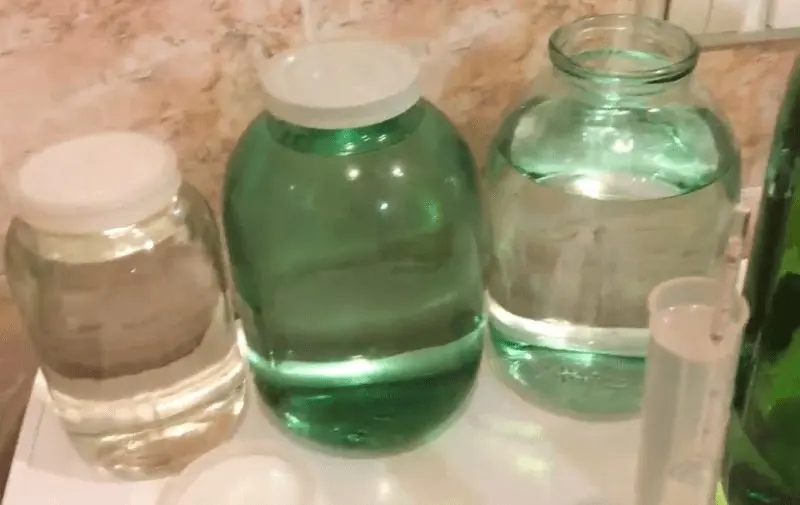
Even beginners can make moonshine from jam at home! Experiment – and you will definitely make a delicious distillate even from improvised materials!









